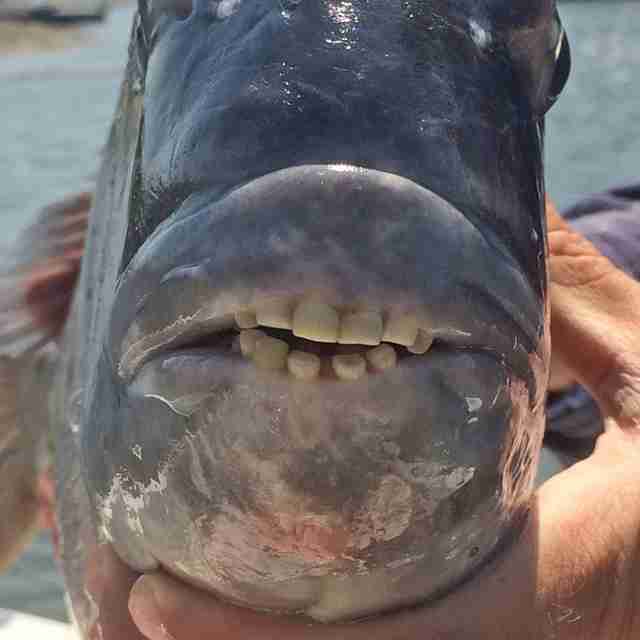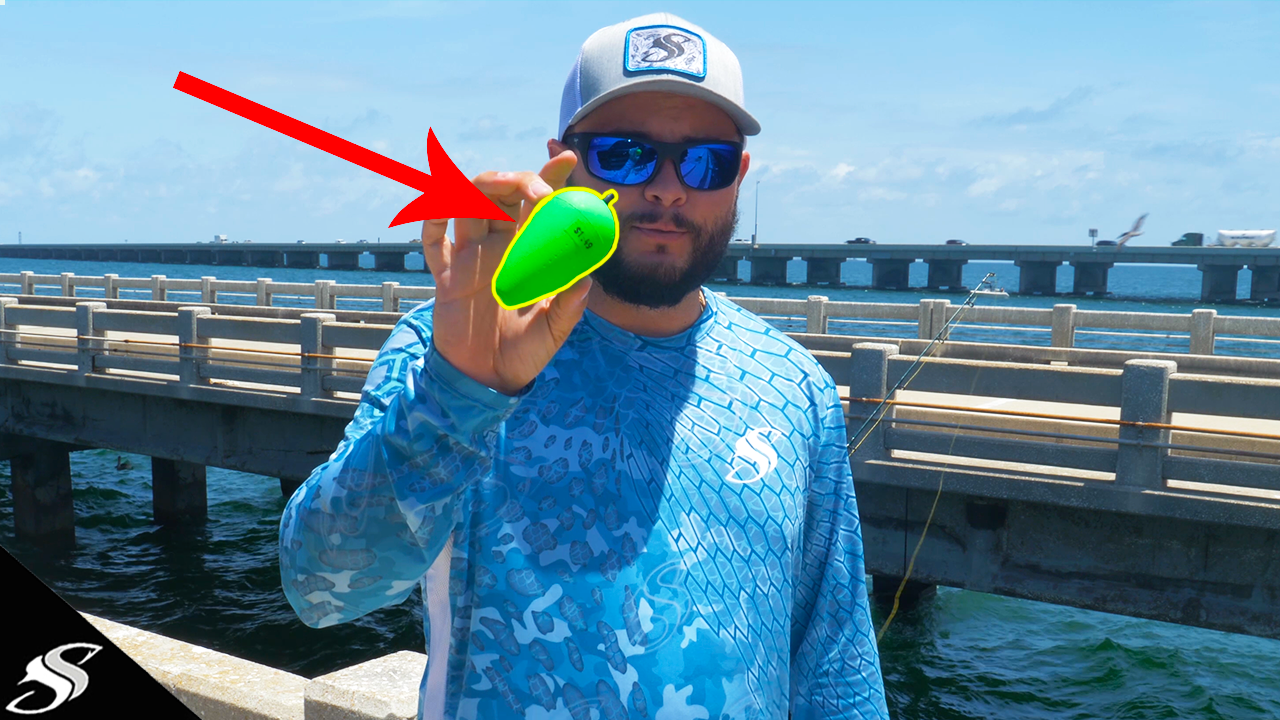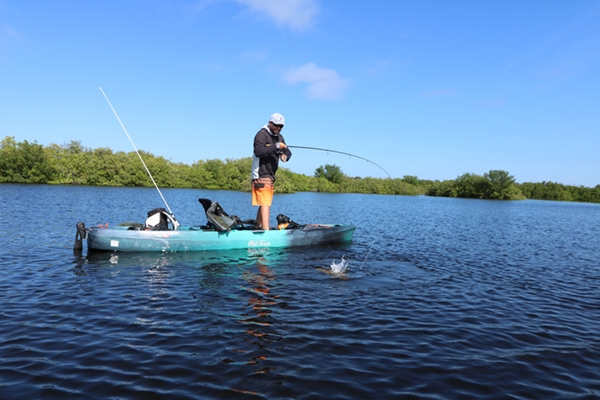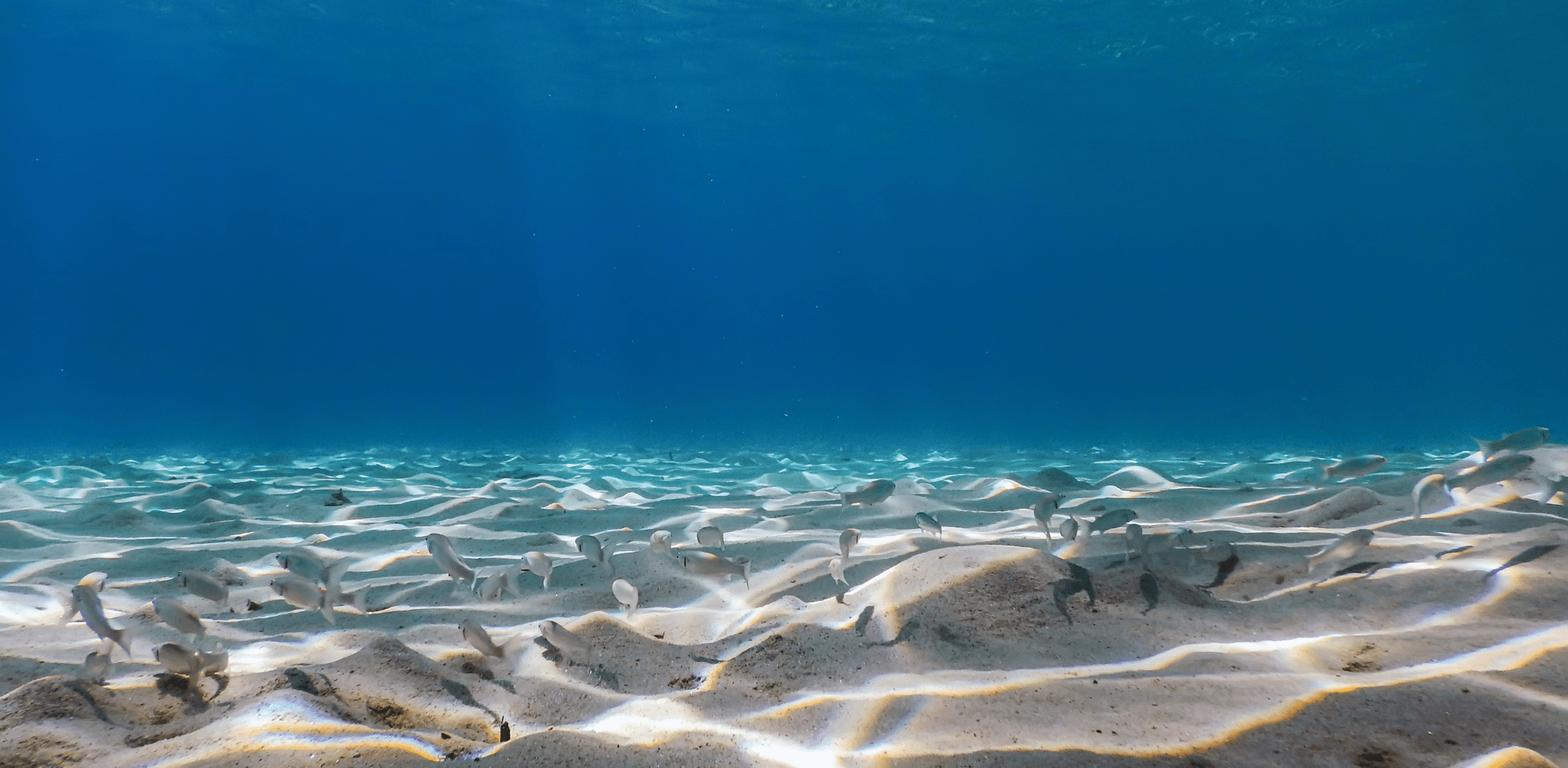Sheepshead fishing is a perfect way to chase away the winter blues, providing a welcome excuse to hit the water when temperatures drop. But this striped bandit is a master at stealing baits and often hits so lightly you never know it happened. Let us help you fill your cooler with two of our favorite methods and some tips to help you become a convict hunter.
A little about your quarry
There was a time when anglers despised the sheepshead (Archosargus probatocephalus). The convict used to be considered a trash fish rather than a gamefish worthy of your efforts. This reputation was due in no small part to its habit of stealing bait off hooks and leaving anglers fishing with nothing more than hopes and dreams. This fact, along with its striped pattern, earned it the less than flattering nickname “convict.” But anyone who still looks down on this stealthy little thief needs to look past its bad habits and consider the rod bending fight and tasty meal it provides.
How to catch your very own convict
 Aside from its stealthy bait stealing abilities, the sheepshead shares another trait with its nickname namesake- it is very wary when it comes to being caught. Although it would be easy to haul them up with heavy tackle, you would probably never hook one. The heavy line, big terminal tackle, and hulk sized baits would scare all but the most naive sheepshead away. Lighter is better in almost every aspect.The best time to fish for sheepshead is during the colder winter months of December through March. When the water cools, it is best to target structure that is likely to hold barnacles and crabs. Sheepshead never turns down a crab or barnacles. Bridge piers, docks, trestles, and even off sea walls are prime feeding ground. While there are several methods available for targeting sheepshead, there are two which we are especially fond of, and that is what we will be sharing shortly. Both utilize light tackle and fiddler crabs but in using variations in approach.
Aside from its stealthy bait stealing abilities, the sheepshead shares another trait with its nickname namesake- it is very wary when it comes to being caught. Although it would be easy to haul them up with heavy tackle, you would probably never hook one. The heavy line, big terminal tackle, and hulk sized baits would scare all but the most naive sheepshead away. Lighter is better in almost every aspect.The best time to fish for sheepshead is during the colder winter months of December through March. When the water cools, it is best to target structure that is likely to hold barnacles and crabs. Sheepshead never turns down a crab or barnacles. Bridge piers, docks, trestles, and even off sea walls are prime feeding ground. While there are several methods available for targeting sheepshead, there are two which we are especially fond of, and that is what we will be sharing shortly. Both utilize light tackle and fiddler crabs but in using variations in approach.
Dropping Bait Deep for Sheepshead
The first method is perfect for when fishing from a boat or kayak that allows you get up close to structure such as bridges and targeting those fish hugging close with fiddler crabs on light tackle. Using a 7’ -7’6” medium-fast action rod, 15 – 20 LB test line, #1 ultra-sharp hooks and split shot will allow you to detect the light bite of the sheepshead, permit the fiddler crab to swim naturally and still give you the power needed to pull the fish to the boat.
- Use the lightest split shot possible, given the local current and depth.
- Pinch off the fiddler crab’s claws as the sheepshead will attack those first and pull the bait off the hook.
- Fish the area on the leeward side of bridge piers.
- Keep a close watch and feel so you can detect the light, short bite.
Pop goes the sheepshead
The second method involves using a popping bobber, similar to what you would use to target redfish, also on light tackle. Attach a bobber stop to your mainline, thread the line through your bobber, tie on a small swivel and attach 20 LB fluorocarbon leader & #1 or #2 light circle hook. Toss the line out and wait for the bobber to disappear. Again, a 7’ or 7’6” medium-fast action rod and your favorite spinning or casting reel will do the trick.
- Be careful of using a rod with too soft a tip as it increased the odds you will miss the subtle bite.
- Choose smaller crabs as they make for more leisurely meals for the fish to eat. Their mouth is not that big.
- Check your line often with a little movement of the bait. Sometimes you will have a fish and not even know it.
Here is a video of us catching sheepshead using a bobber rig off the Skyway pier:




